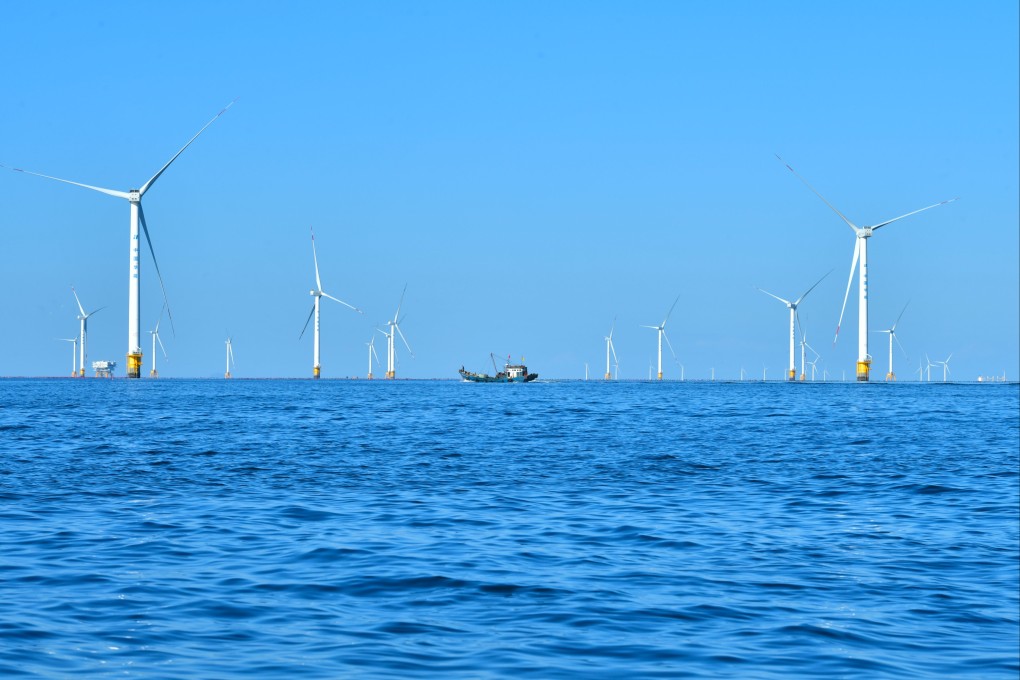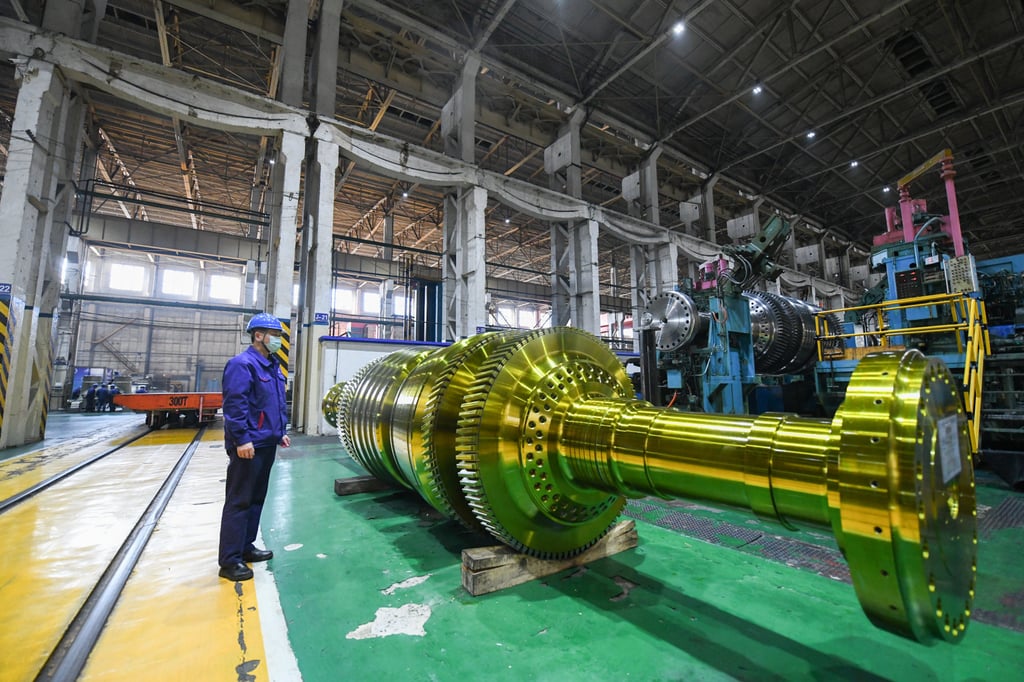Strong growth in global wind sector heralds demand for nearly 600,000 additional workers by 2027
- Annual wind energy capacity addition is expected to double to 155 gigawatts (GW) in 2027 from the current pace of 78GW globally, report from GWO and GWEC says
- Total wind fleet worldwide seen rising to 1,581GW in five years, a doubling of capacity from the levels before the Covid-19 pandemic, it says

The global wind energy industry will need almost 600,000 technicians over the next five years, with China accounting for more than 40 per cent of this additional labour demand, highlighting workforce challenges and opportunities in the clean energy sector under the global climate transition plan.
Annual wind energy capacity addition is expected to double to 155 gigawatts (GW) in 2027 from the pace of 78 gigawatts (GW) recorded in 2022, taking the total wind fleet worldwide to around 1,581GW in five years, a doubling of capacity from the levels before the Covid-19 pandemic, according to a new report published by the Global Wind Organisation (GWO) and Global Wind Energy Council (GWEC) on Wednesday.
To keep pace with such strong growth, the global wind sector would require over 574,200 technicians by 2027 to construct, install, operate, and maintain the anticipated global wind fleet, the report found.
Over 40 per cent, or more than 240,000 of these roles will be for new recruits in the industry, joining from an education and recruitment pipeline or transfers from other sectors, such as offshore oil and gas, according to the report.

“A strong workforce and healthy supply chain will be crucial to the colossal growth of wind capacity in this decade,” said Ben Backwell, CEO of GWEC in a statement. “Without a skilled and sustainable workforce for wind and renewable energy, the energy transition will not materialise in time.”
The report highlighted the labour shortage challenges in climate transition, and the opportunities it presented to local and national governments, who could leverage renewable energy expansion projects to foster jobs, training and reskilling possibilities to create a skilled workforce for the energy transition.